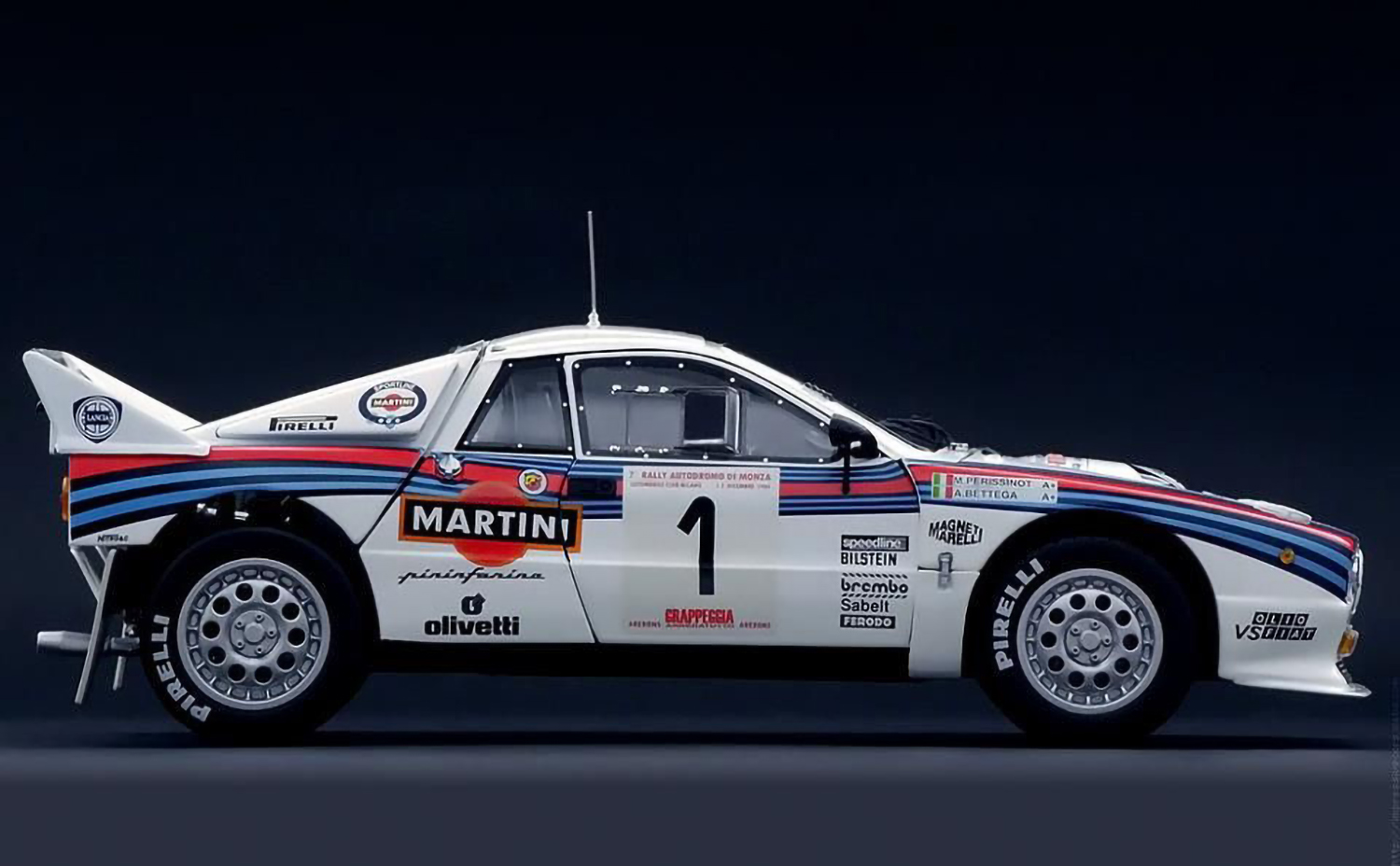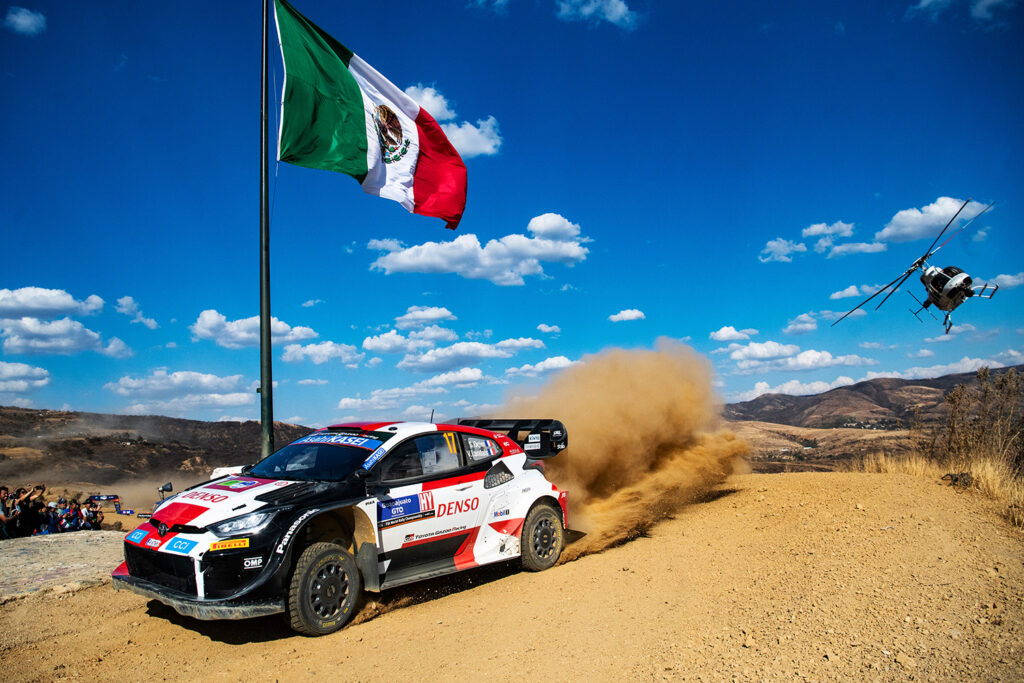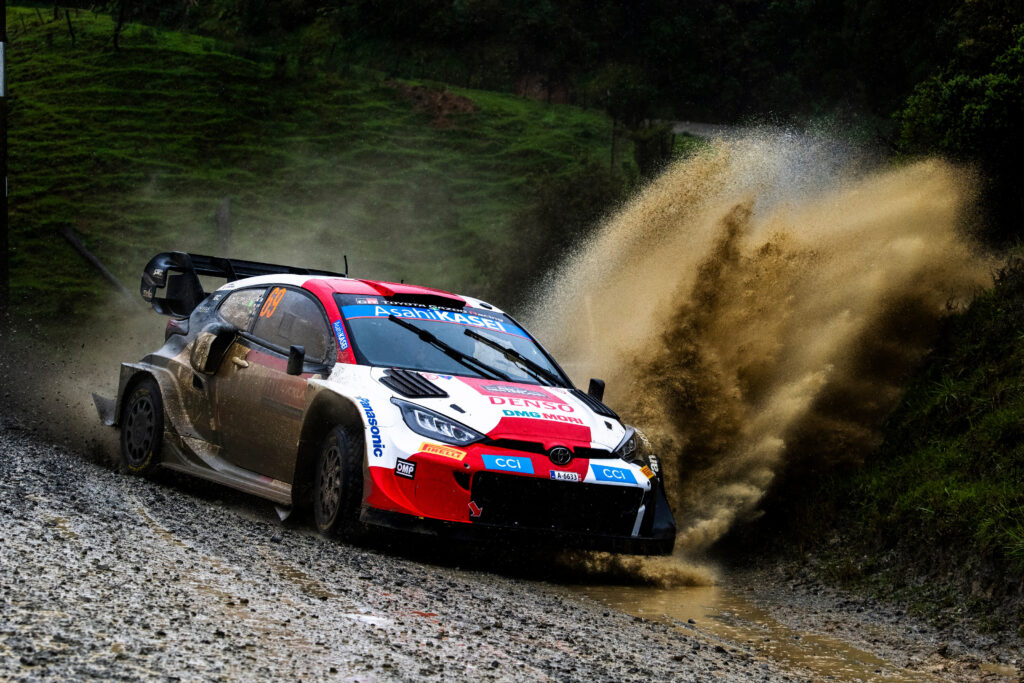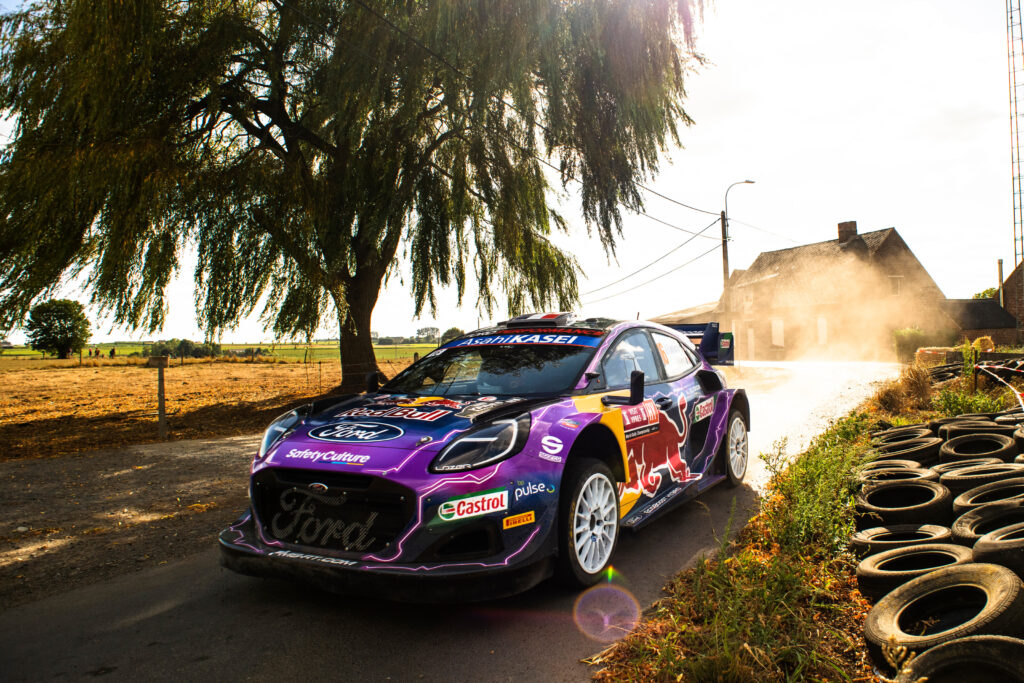For those fortunate enough (and old enough!) to have experienced the ‘Group B’ rally era, will remember with great fondness the sights and sounds of these “flame-spitting” monsters, as they thundered their way through the flowing rally stages of New Zealand.
One car, in particular, stood out – the Lancia 037.
In the early 80’s, Lancia was given the task of winning the World Rally Championship for the Fiat Group after the all-conquering Stratos had been replaced by the Fiat 131 Abarth Rally. Despite being rear-wheel drive, the 037 evolved into a rally car that was to dominate the emerging four-wheel-drive challengers.
Rally regulations were constantly changing, and the Fiat 131 Abarth Rally, which had already achieved excellent results, needed to be replaced. The new car was based on the Lancia Beta Montecarlo, which had already been developed into a racing version in 1978 for endurance races in the silhouette category.
Homologation
The roadgoing version of the new Lancia Rally debuted at the 1982 Turin Motor Show, and 200 were required to be built for the competition model to be homologated into Group B.
The car’s hybrid structure combined a monocoque with a tubular chassis. The front and rear subframes were anchored to the central frame section derived from the production Beta Montecarlo, running from the windscreen to the rear firewall. Driver space was limited. Ironically, Lancia employed two of the tallest drivers, both Röhrl and Alén had to have a relieved area in the roof line above them. The front structure supported the unequal-length double-wishbone front suspension and the radiators. Whereas the rear structure supported the rear-mid positioned engine block, gearbox, and differential, with an unequal-length double-wishbone rear suspension featuring two shock absorbers on each side and multiple wishbone mounting points to easily vary the suspension geometry for differing surfaces. The wheels were fitted with four-piston Brembo brakes and the unbeatable P7 Corse tyres, with Pirelli also supplying the two 35-litre safety fuel tanks side-mounted in front of the rear wheels.
The body, designed and produced by Pininfarina, was made of Kevlar panels reinforced with fibreglass and finally carbon fibre. In particular, the bonnet and boot lid could be detached very quickly, allowing easy access to the mechanical parts. The engine was developed by Abarth and derived from the 16-valve, 2.0-litre powerplant on the Lancia Trevi. As for supercharging, legendary chief engineer Aurelio Lampredi chose a Roots-type Volumex supercharger tuned by Abarth, which was preferred to the turbo solution due to its superior response and low-RPM boost, despite delivering less power overall. The engine developed 205 hp, enabling the car to achieve a top speed of 220 km/h and accelerate from 0 to 100 km/h in less than 7 seconds.
Once the 200 units required for Group B homologation had been built, the Lancia Martini Rally Team began competing in the WRC. Besides the 53 cars used over the years by the official works team, most 037s were used in competition by private teams and drivers, so models preserved in the road version are particularly hard to come by and extremely valuable.
Competition Debut
The car made its competition debut in April 1982 in the Rally Costa Smeralda in Sardinia. It was an inauspicious beginning. Markku Alén could not get his car to handle predictably and was ninth, while Attilio Bettega was also struggling, eventually having a massive accident and having to be airlifted to hospital. If it failed to make an impression in its debut season, the 037 made up for it with a thrilling second season in which drivers Walter Röhrl and Markku Alén opened the campaign with a 1-2 finish in the Monte Carlo Rally and Acropolis rallies, a 1-3 in New Zealand, a 1-2-3 in Sanremo, a 1-2-3-4 in Corsica and a 3-4-5 in Portugal, which enabled Lancia to take the World Manufacturers’ Championship ahead of arch-rival Audi.
“The one that really stands out, however, is the Lancia 037. For me to describe it as a beautiful car is under-selling it, because that car brings up feelings and memories that go a long way beyond its appearance,” recalled Markku Alén
The championship victory was particularly significant because it happened just as four-wheel drive Audi Quattro’s were emerging, but Lancia were able to compensate for the performance of its rear-wheel drive car thanks to the reliability and efficiency of its entire Squadra Corse rally team. Ease of maintenance during a rally also proved to be a winner, enabling the team to get the cars to the finish. Items such as the gearbox could be replaced in only 12 minutes.
Success in the 1983 World Rally Manufacturers’ Championship was capped by victories in the European and Italian championships, obtained largely by a young Miki Biasion, behind the wheel of a Lancia Rally 037 with the satellite team, Jolly Club, dominating the European Championship, winning 11 out of 12 rallies. It was the beginning of a prolific career for Biasion aboard Lancia rally cars, as he was soon drafted into the official Lancia Martini team.
While respectable results were still being achieved, the end of the 1984 season saw the team and its drivers waiting on the debut of the new four-wheel drive Delta S4, a car that would put Lancia back on an even footing with Peugeot and Audi. The Delta S4 wasn’t to emerge until the RAC Rally of 1985.
Always a fan favourite, the results speak for themselves. History will show the Lancia Rally 037 as one of the great rally cars, a rally icon.




